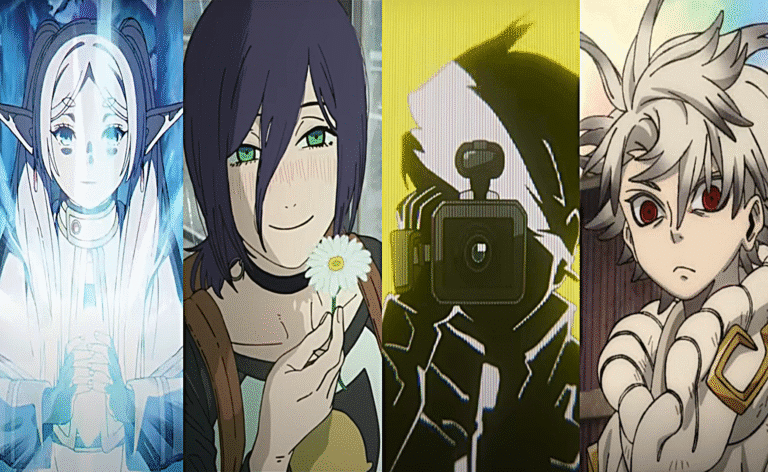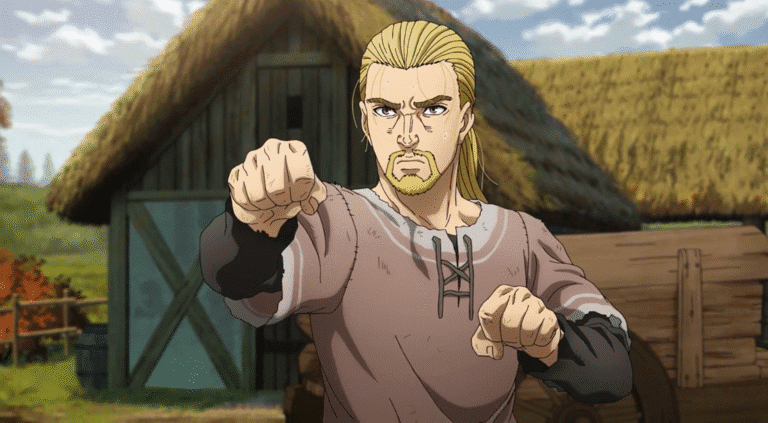Mushi-shi – A visual therapy
Genre: Supernatural, Mystery, Slice of Life
Directed by: Hiroshi Nagahama
Studio: Artland
Original run: 2005–2006 (Season 1), 2014 (Season 2: Zoku Shou)
Overview
Mushi-shi is not your typical anime. It doesn’t rely on high-stakes battles, over-the-top drama, or fast-paced storytelling. Instead, it quietly unfolds like a dream you barely remember but feel deeply. The series follows Ginko, a wandering “Mushi-shi”—someone who studies ethereal lifeforms called mushi, which exist somewhere between the spiritual and the biological. Each episode is a self-contained story, often inspired by folklore, that delves into the mysterious interactions between mushi and human life.
What sets Mushi-shi apart is its elegant fusion of minimalist storytelling and surreal aesthetics. Watching it is less like watching a show and more like meditating with your eyes open.
Surreal Aesthetics and Atmosphere
The most remarkable quality of Mushi-shi is its aesthetic mood—a quiet, contemplative, and often eerie atmosphere that blurs the line between reality and dream. The world it creates is not fantastical in a traditional sense, but otherworldly in a deeply natural way.
1. Visual Style
The animation uses a muted color palette—earthy greens, soft greys, and watery blues—evoking rural Japan across shifting seasons. The backgrounds resemble watercolor paintings, imbued with mist, shadow, and silence. Time feels suspended. Forests are dense with mystery, mountains loom gently, and rivers glide with secrets hidden below.
Mushi themselves are rarely depicted in sharp detail. They’re often translucent, luminescent, or abstract, embodying sensations rather than forms. They drift like spores, flicker like will-o’-the-wisps, or hum with unseen resonance—like nature’s forgotten data stream.
2. Sound Design and Music
Music is sparse and ambient, often giving way to the sounds of rustling wind, distant insects, or a babbling brook. When it appears, the soundtrack (composed by Toshio Masuda) uses gentle, meditative instruments—flute, koto, acoustic guitar—to enhance a sense of the ancient and the unknowable.
Dialogue is soft and slow, letting silences speak as loudly as words. The pacing invites reflection, rather than reaction.
3. Narrative Dream Logic
Every episode follows a subtle internal logic that feels mythological. A boy loses his hearing because mushi have nested in his auditory nerves. A woman is haunted by an eternal darkness. A child turns invisible because of a connection to a mushi that feeds on memory. The consequences are often tragic, yet never moralistic. Nature, in the world of Mushi-shi, is neither benevolent nor cruel—just mysterious and persistent.
Themes and Philosophy
Mushi-shi is deeply philosophical. It explores:
- Human fragility in the face of nature
- The coexistence of seen and unseen worlds
- Transience, memory, and the cyclical nature of life
There’s a spiritual resonance to the stories—rooted in Shinto ideas of animism, where every natural element carries a spirit. Yet it avoids dogma. Instead, it asks questions: What does it mean to live in harmony with forces we don’t understand? What are the costs of interfering—or not interfering?
Ginko, the only recurring character, is a mystery in himself—a man who lives in the margins, offering guidance but never dictating outcomes. His presence is like the wind: noticeable, but never dominant.
Final Verdict
Mushi-shi is a rare gem—an anime that invites you to slow down, listen, and feel the texture of the invisible. It’s poetic without pretension, strange without being alienating, and profound without needing to explain itself. It may not be for those seeking action or dramatic arcs. But for the patient viewer, it is transformative.
It is not just a show you watch. It’s a show you experience. Like moss growing in a forgotten shrine, or mist curling in the morning light, Mushi-shi lingers quietly in your memory, whispering truths you can’t quite articulate.
Image credit Artland






![New Anime Releases This Week – What to Watch [July 2025]](https://nichereview.blog/wp-content/uploads/2025/07/Screenshot-2025-07-16-212602-768x415.png)

you sound like you know what you’re talking about! Thanks
You got a very great website, Gladiola I noticed it through yahoo.
I am constantly thought about this, thanks for posting.
I am often to blogging and i really appreciate your content. The article has really peaks my interest. I am going to bookmark your site and keep checking for new information.